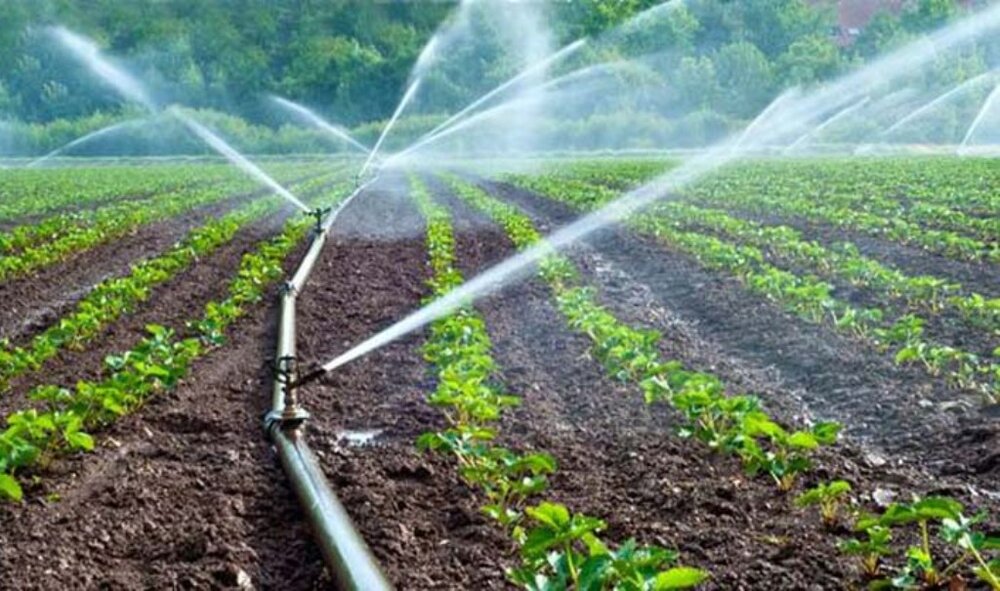Calculating Water Use in the Dairy Shed
Article by: Hari Yellina
Water is essential in the dairy shed, whether it’s for cleaning the milking equipment, hosing down the yards, cooling milk, or running sprinklers. Dairy producers can use Agriculture Victoria’s online resources to calculate their water use in the dairy, including a reference called ‘Dairy Shed Water – How Much Do You Use?’
This detailed guide assists dairy farmers in determining the current volume of water utilised in their dairy shed operations so that they can:
- Gain a better understanding and appreciation of the quantity of water consumed.
- Identify water-saving opportunities and encourage efficient water use in the dairy.
- When applying for a new water license or updating an existing one, compare water consumption data for similar size herds and dairy sheds.
The guide is intended to assist in calculating the amount of water consumed in each of the dairy shed’s primary processes:
- Yard washing accounts for a significant amount of the water consumed. Recycled liquid effluent from well-built systems can be used to clean the holding yard, saving a lot of new water.
- Milk cooling is one of the most water-intensive processes in the dairy industry, and it must be recycled appropriately. After going through the plate cooler, most dairy producers reuse the water for yard cleaning, animal drinking water, or recycling it back to a holding tank. Water used to cool milk should be of good quality, as salt can damage the plate cooler, reducing the efficiency of heat exchange.
- Water of suitable quality for hosing down pit operations and shed cleaning is required, although not necessarily as excellent as rainfall. For sanitary reasons, recycled effluent cannot be used within the shed.
- Vat and machine washing – necessitate relatively little amounts of high-quality water, such as rainwater.
- Platform sprays are most commonly connected with rotary dairies and can use a lot of water. Platform sprays, as well as other pit activities and shed cleaning, require good water quality in order for optimum performance.
Other duties, such as cooling sprays, use a modest amount of water but add up over the course of a milking. Water use in the dairy shed should be reviewed periodically and compared to industry averages to see if it is comparable with similar-sized herds operating in similar facilities. This provides a chance to identify potential water-saving methods that can improve the milk harvesting process’ operational efficiency.
Measuring Water Use in the Dairy Sector
Depending on how the water flows through the dairy, there are three main ways for assessing water use:
- Tank technique – can be utilised in situations where tanks are used to store water before being used in a dairy shed. Calculate the tank volume first, and then estimate the percentage of the tank that will be used for each purpose. To estimate the volume, you may need to switch off the replenishment valve.
- If the tank approach isn’t possible, utilise the flow rate method. To calculate a flow rate (litres/second), fill a container with a known volume (litres) and then time how long it takes the hose to fill the container (seconds).
- Meters – just a limited percentage of dairies use metres, and they will only measure licensed milk.
Water used in a dairy shed is considered commercial use of water in Victoria. Water for commercial use is regulated by water corporations in order to ensure the resource’s long-term viability, and so requires licensing. For further information on water licensing, contact your local rural water organisation. The Agriculture Victoria website has more information about the usage of water in dairy sheds.



